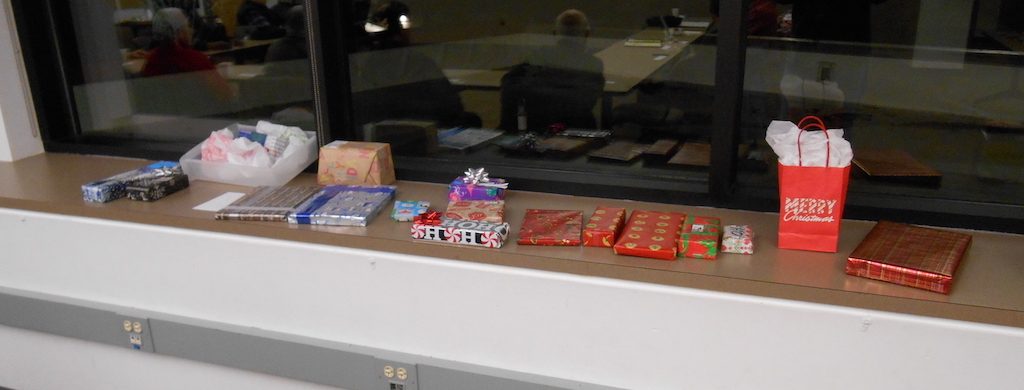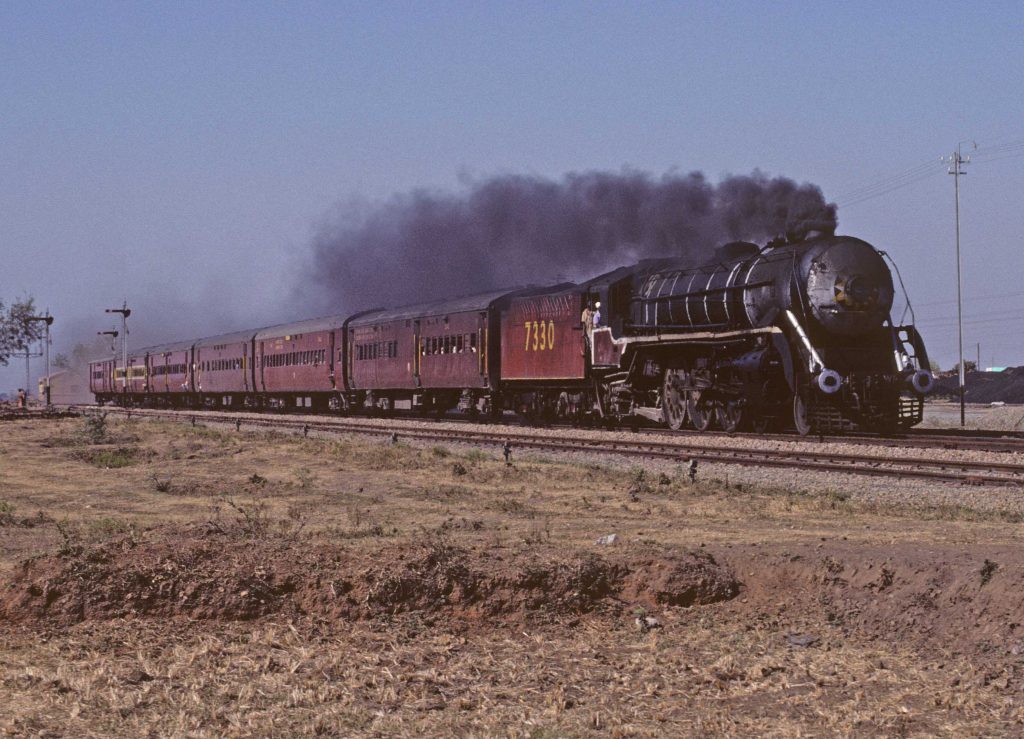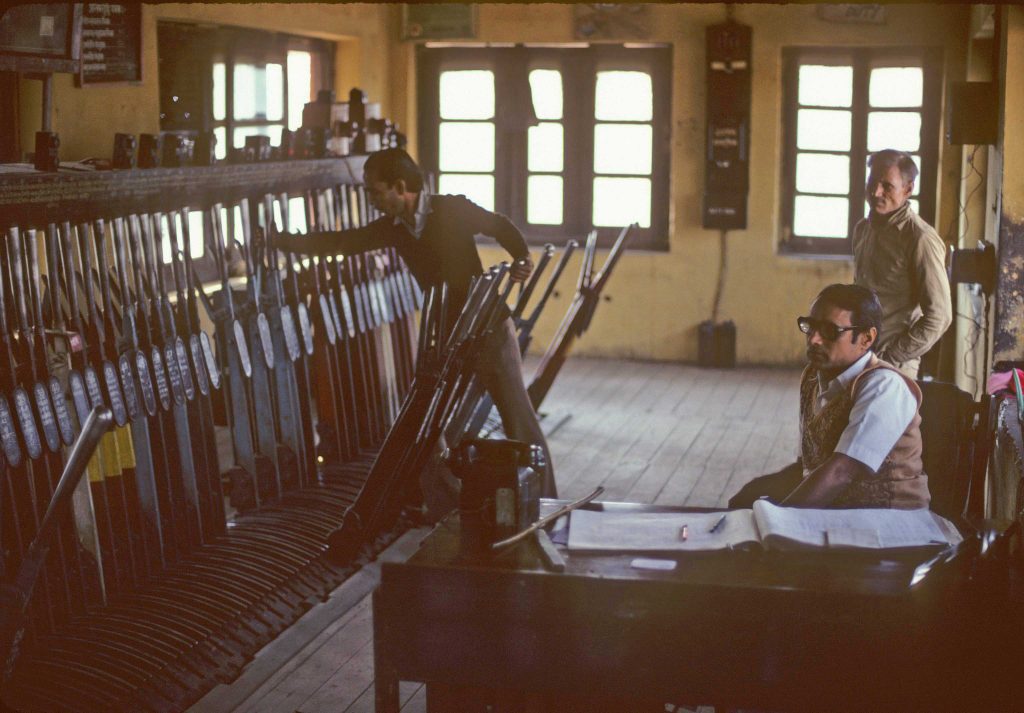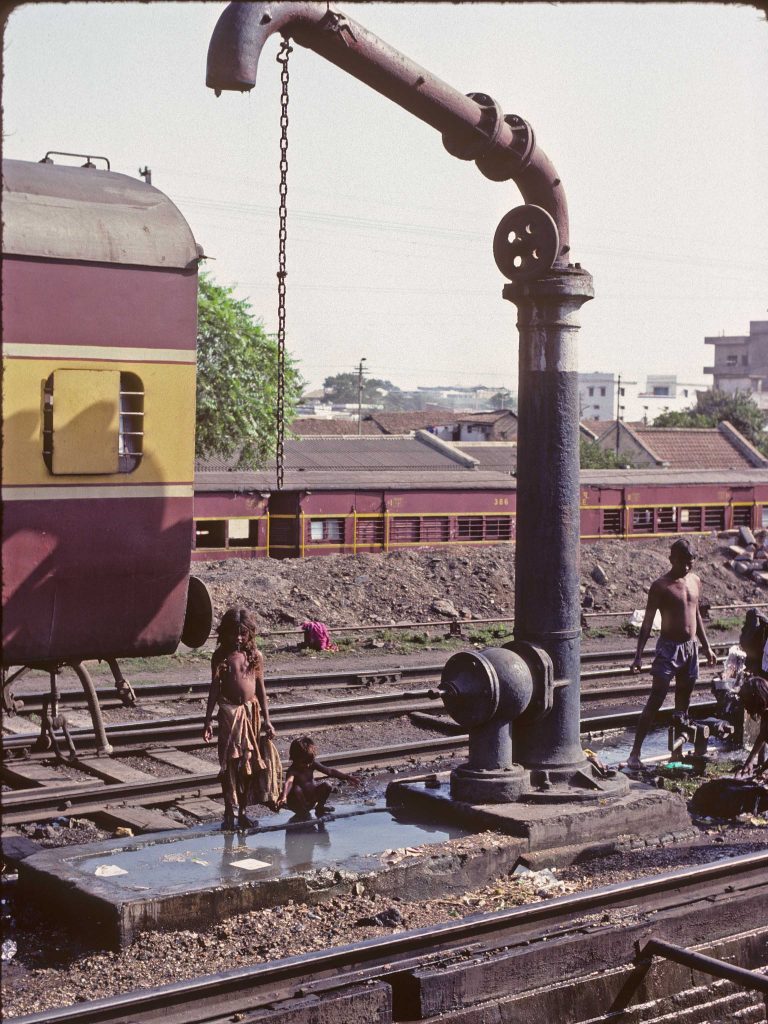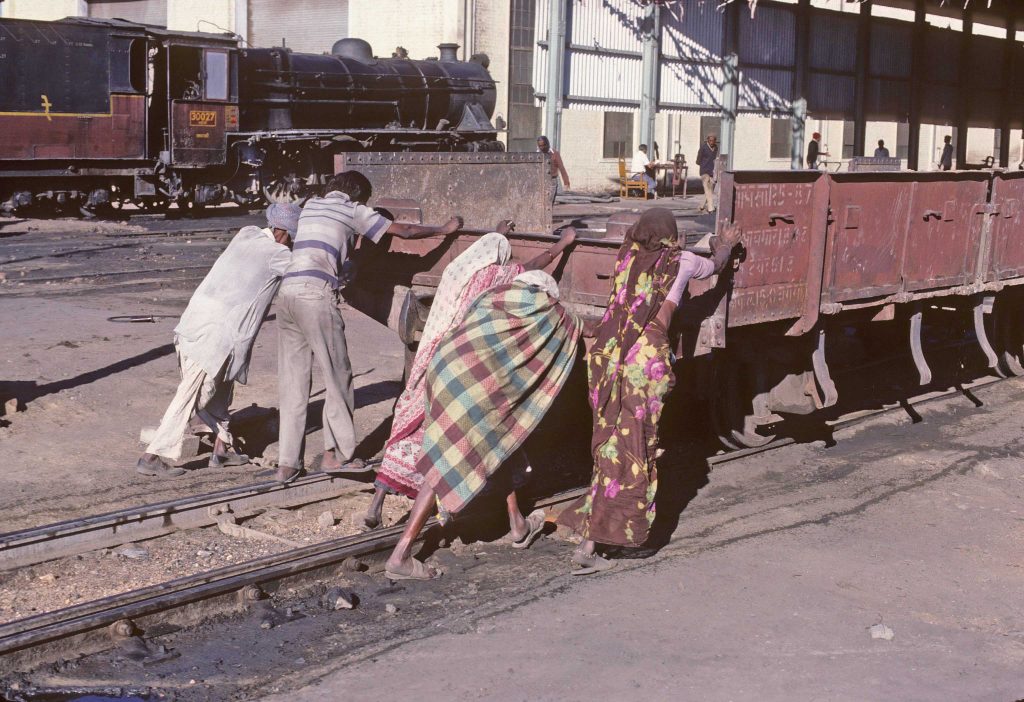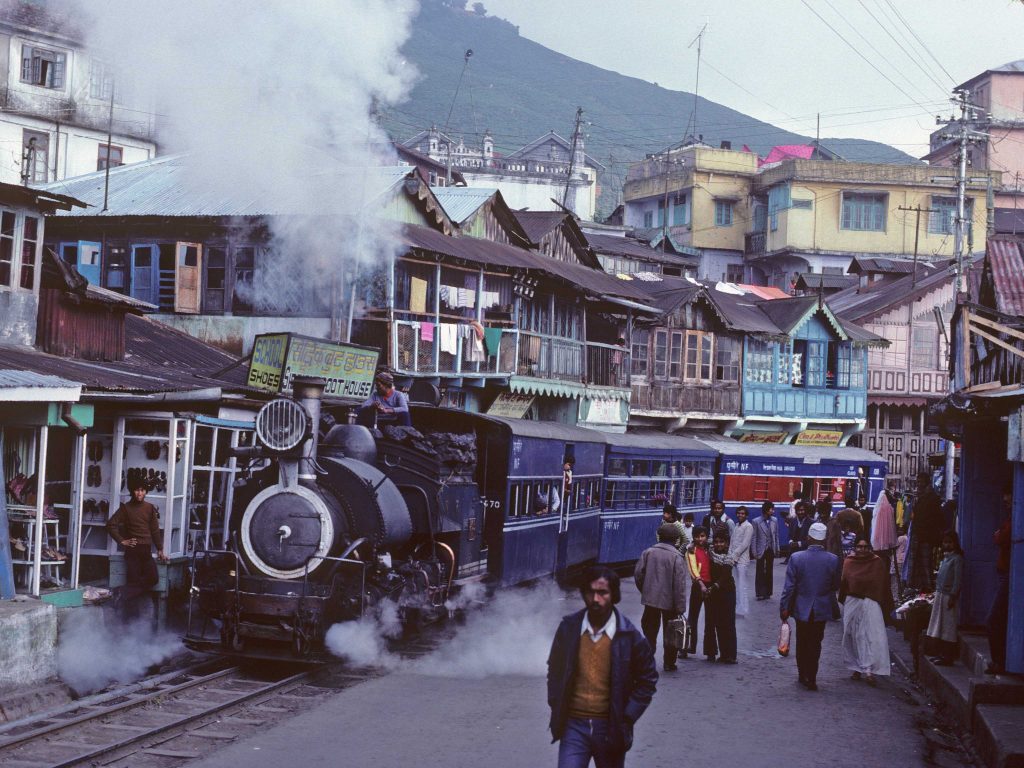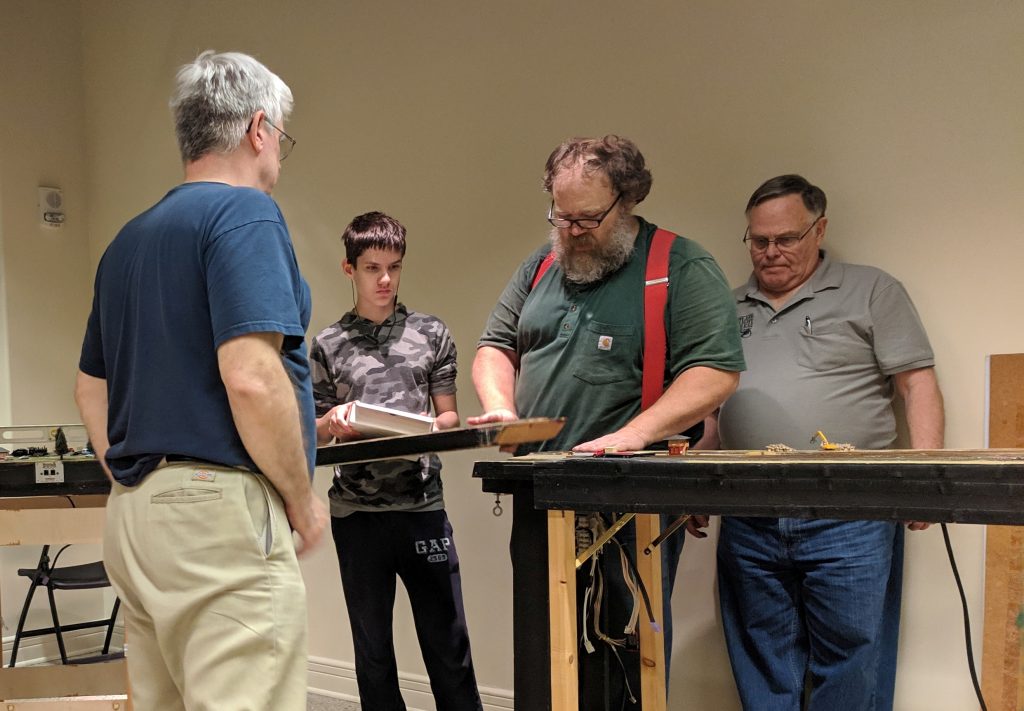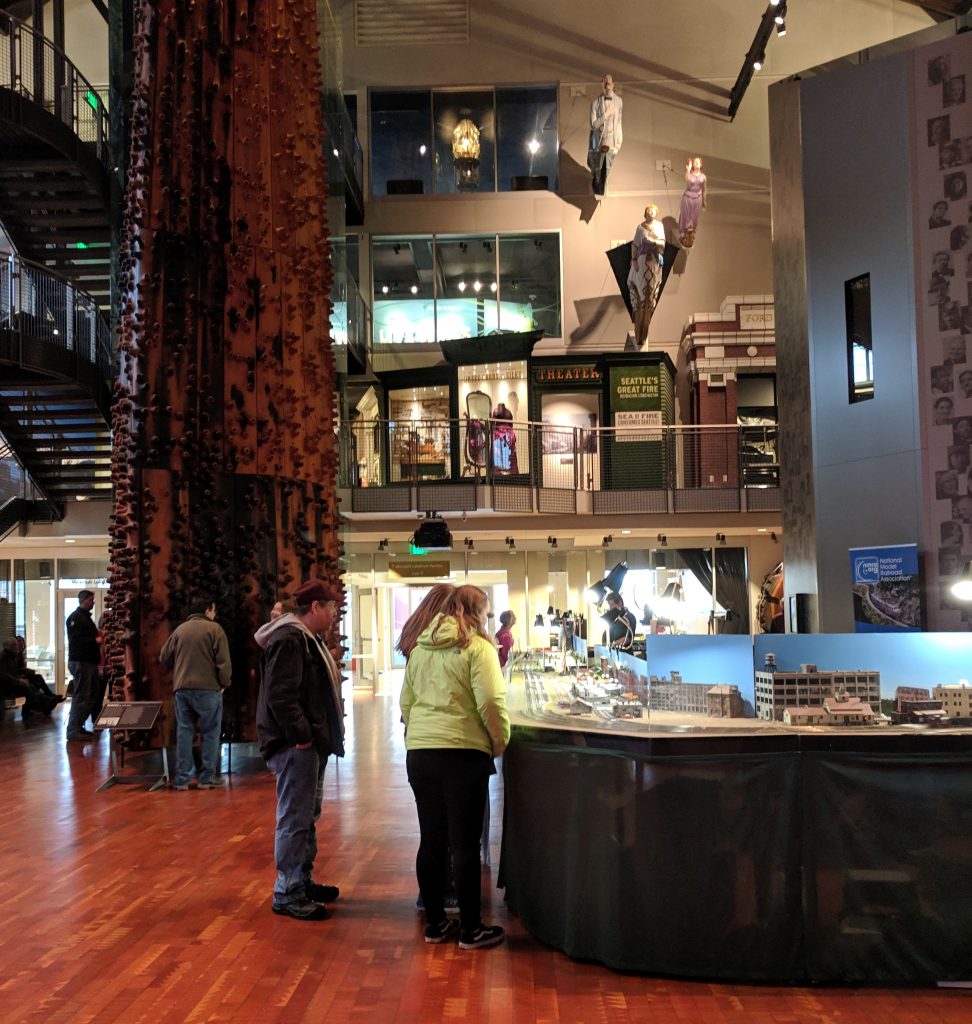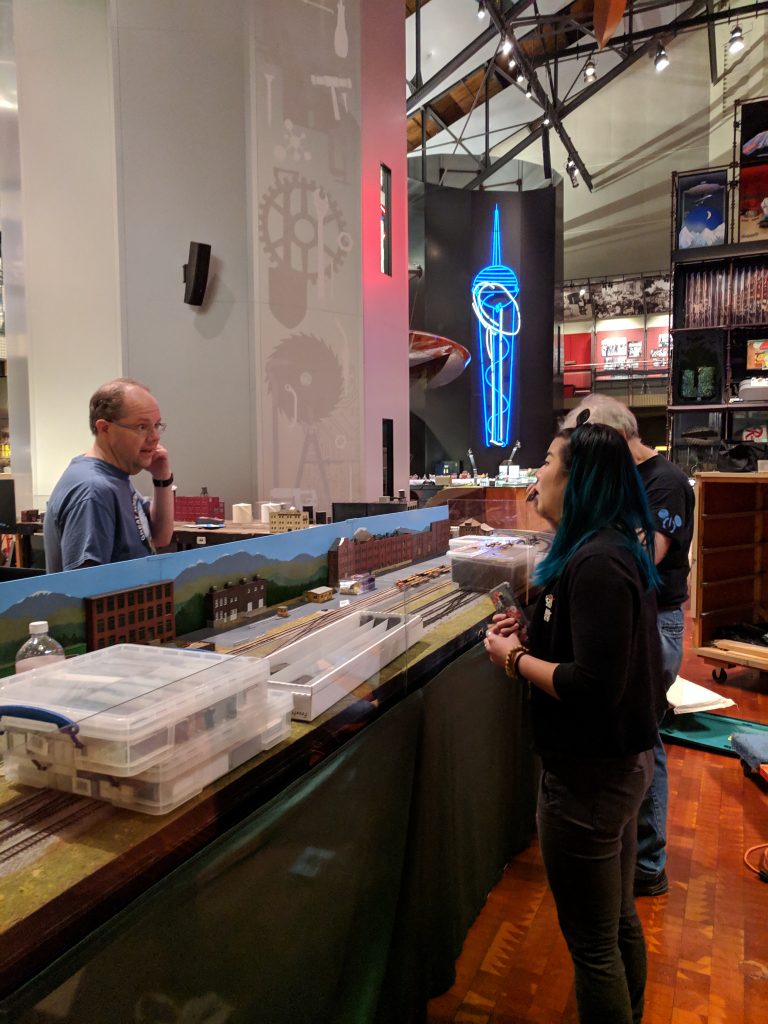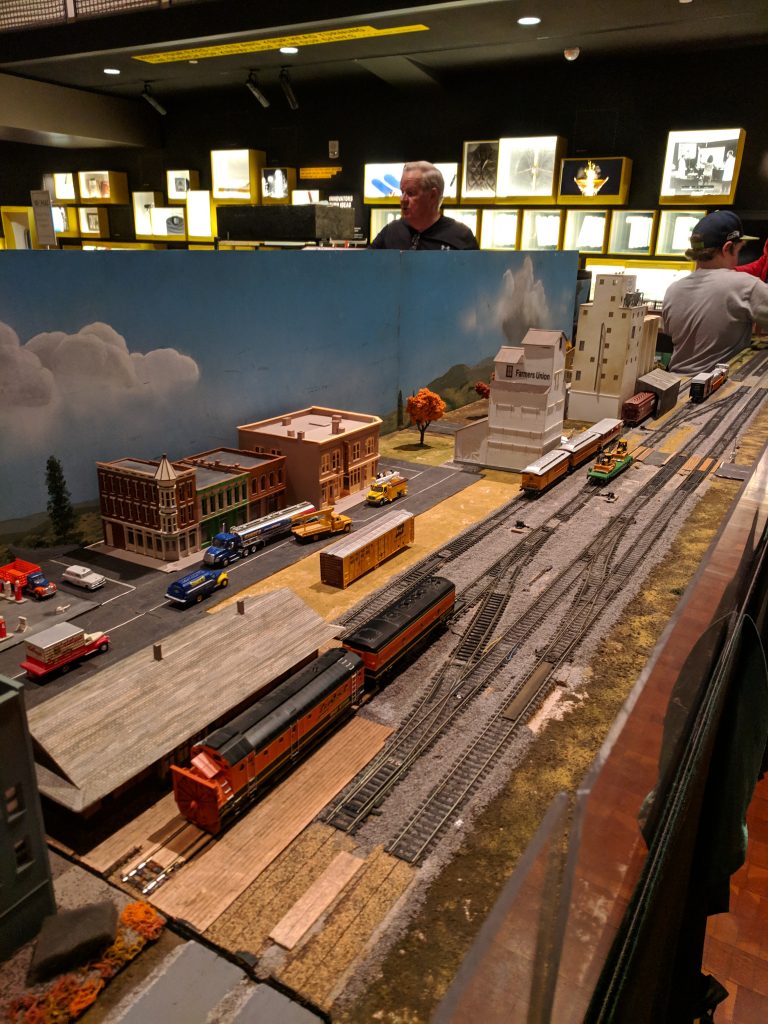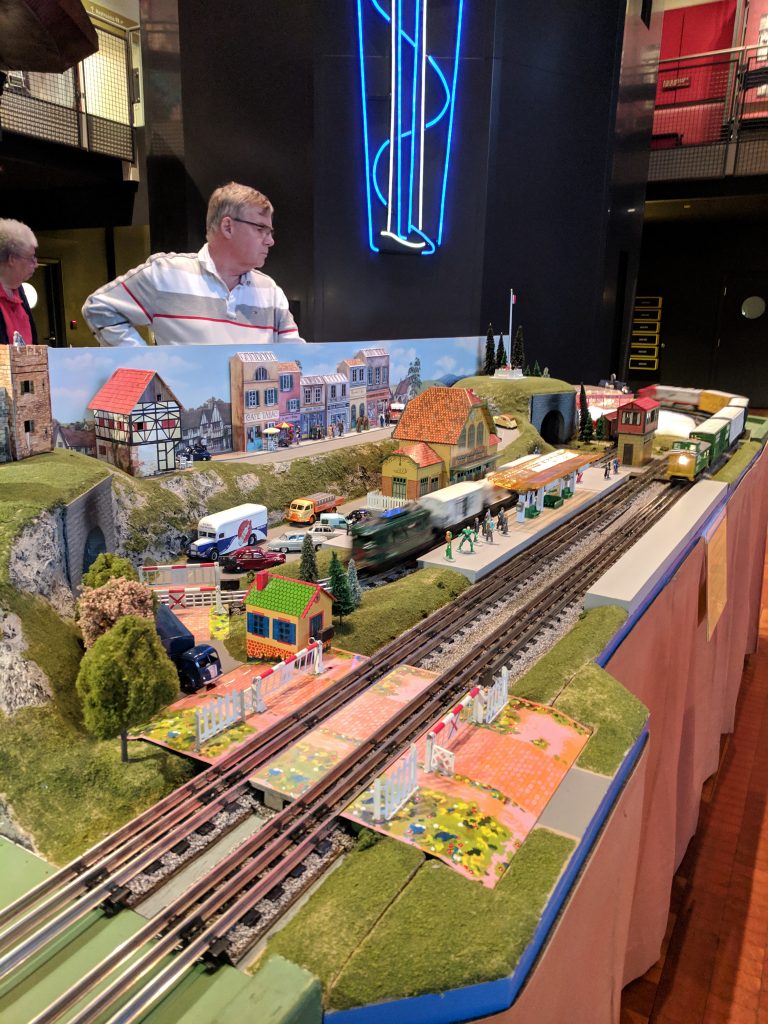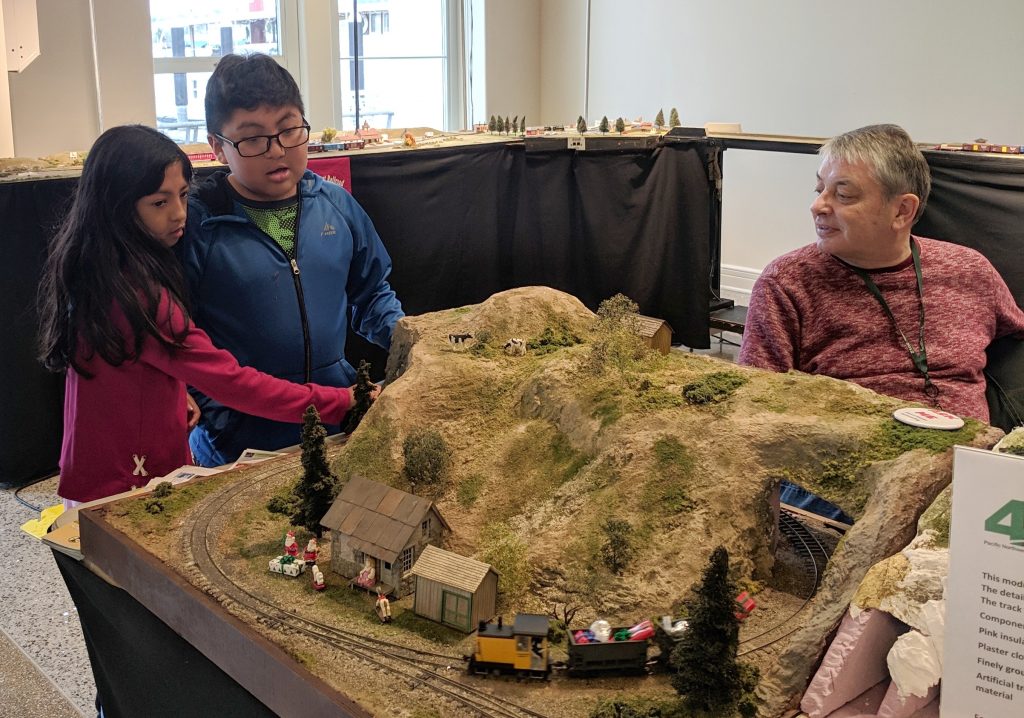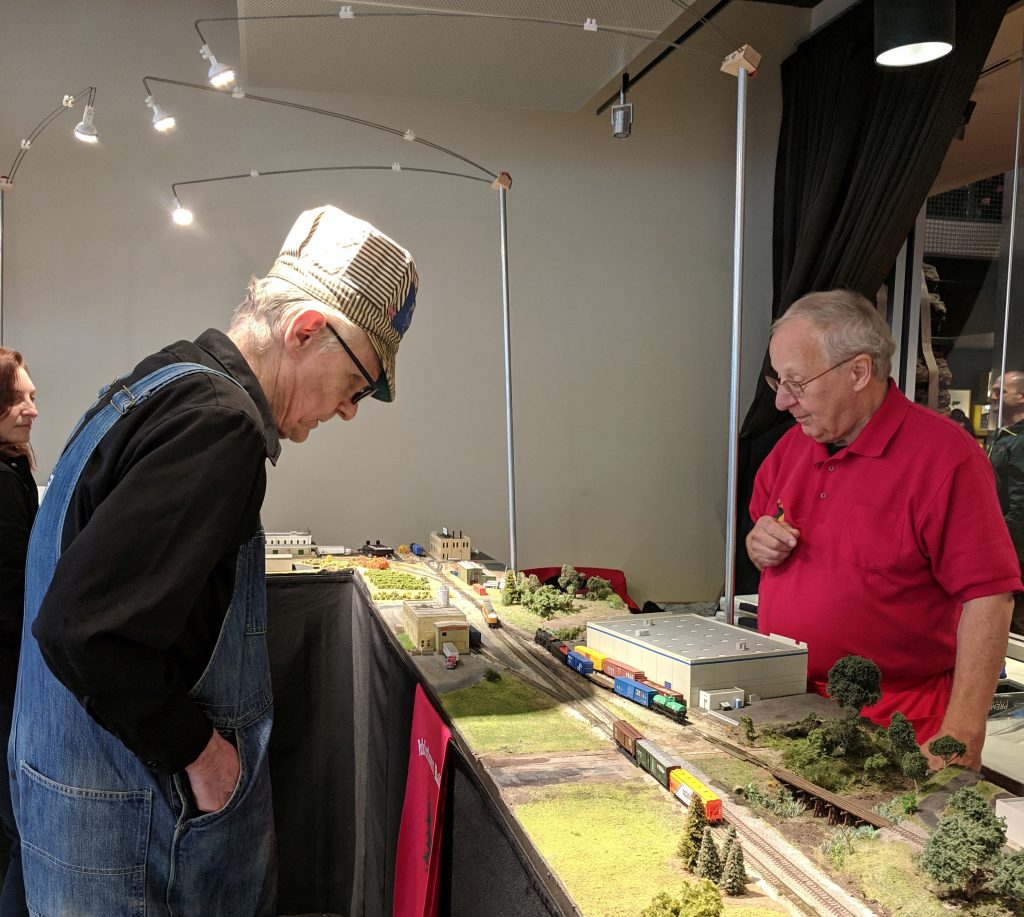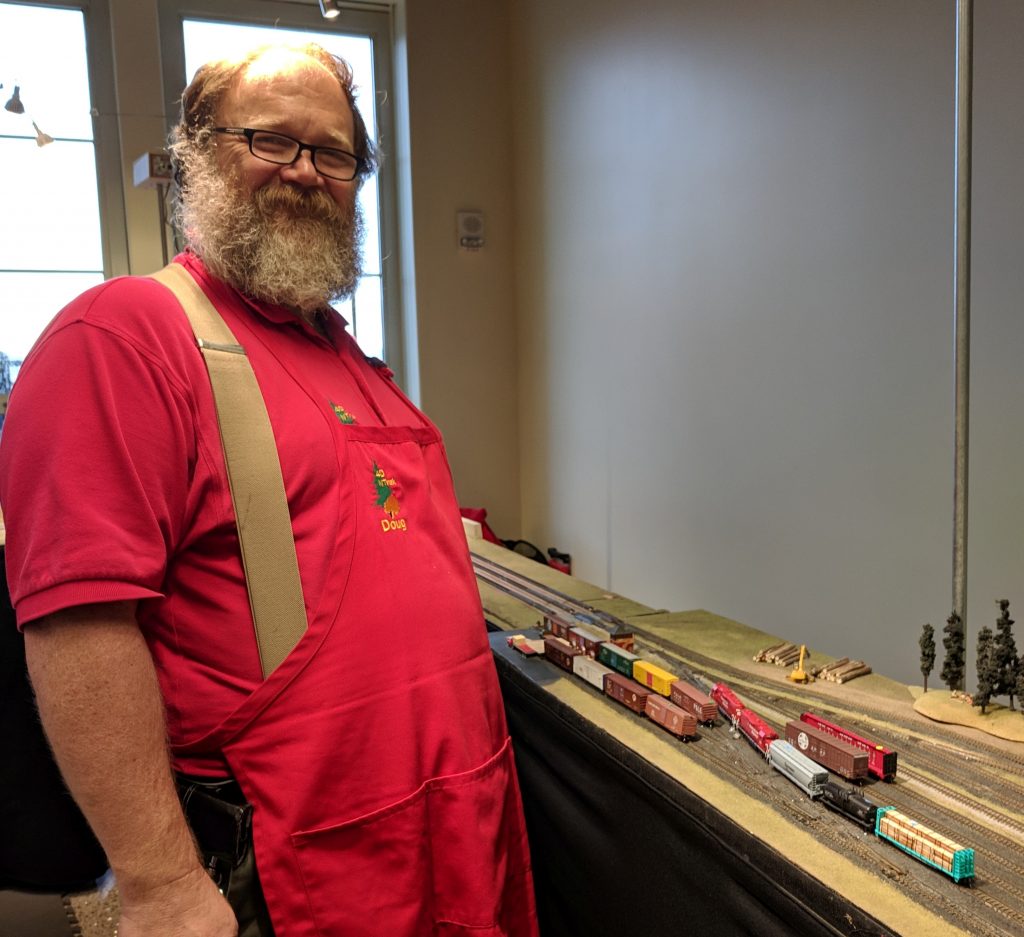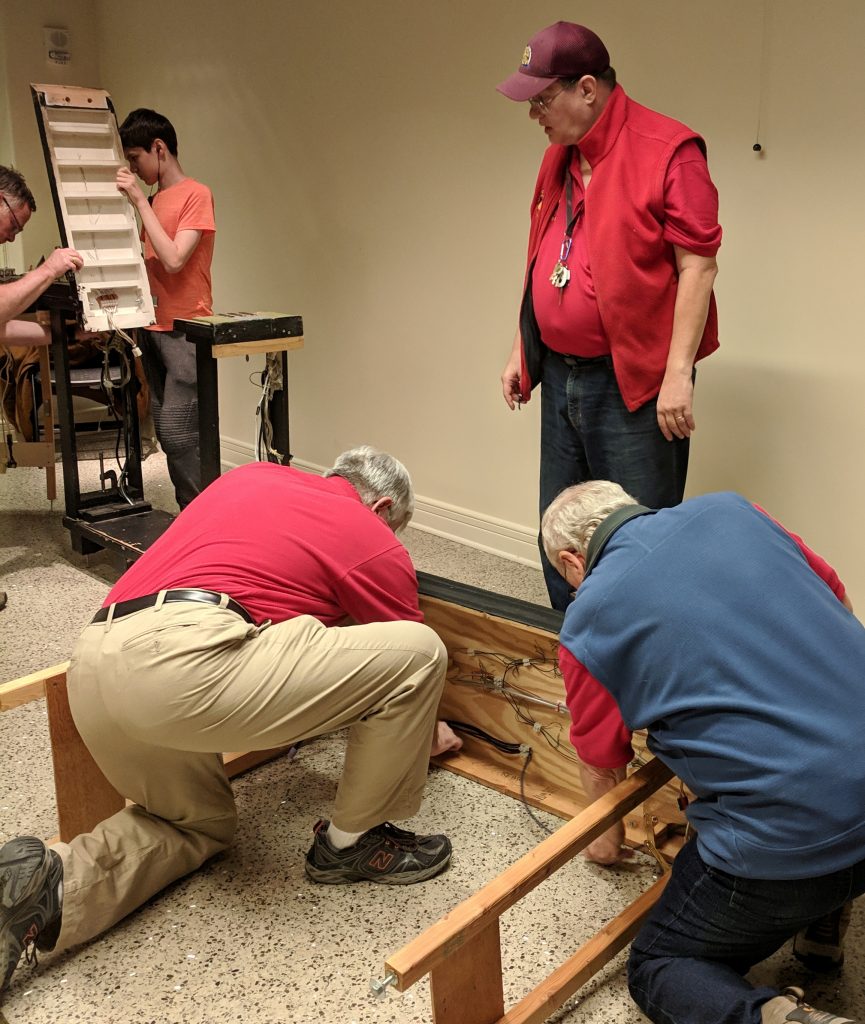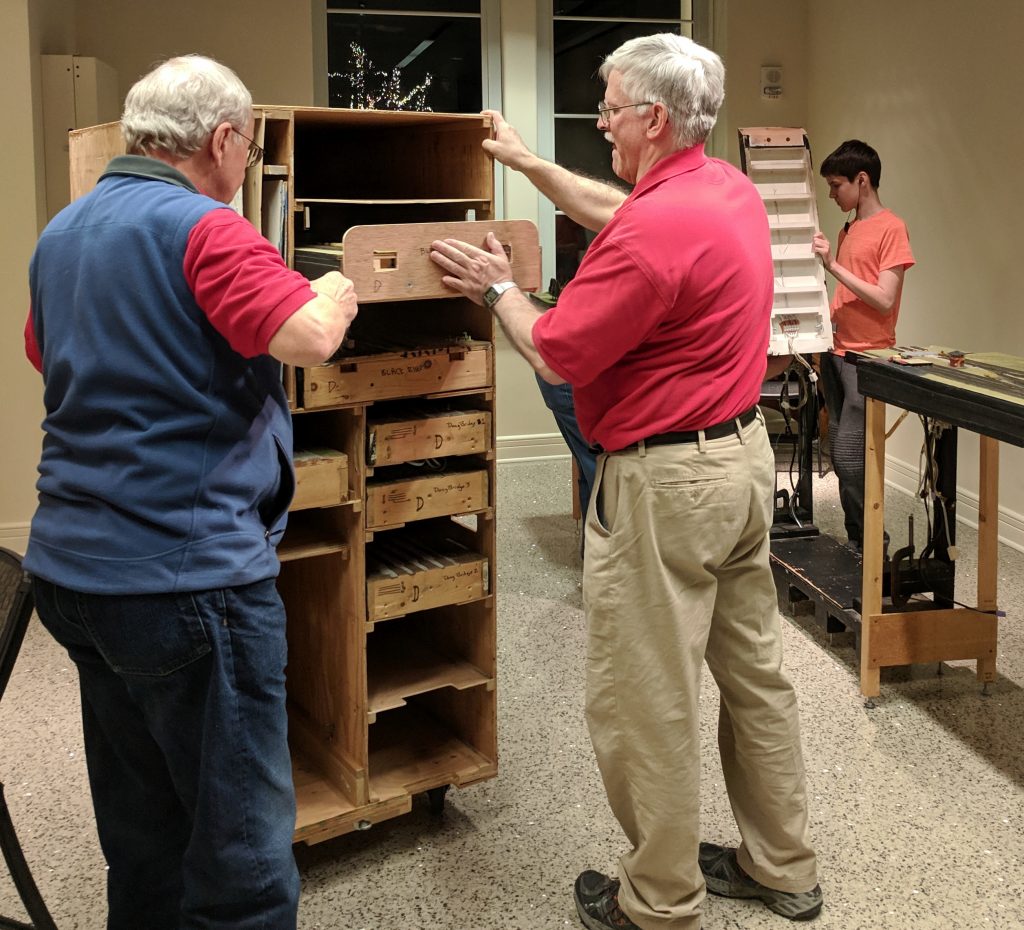Article by Rich Thom; Photos by Mark Malmkar
Our November meeting opened by finding ourselves rudderless—Chair Rich Blake was out-of-state on business—and room-less as well. Due to an overbooking our usual large meeting room at the Summerhill facility in Oak Harbor was well-filled by another group, who—possession being nine-tenths of the law–were not inclined to share. Some quick footwork by Susan Gonzales and others got us relocated into two smaller rooms, where a (covered) pool table in one soon found use as swap and snack table, and chairs moved into the second got us set up for the evening’s program. Cliff Aaker had brought the A/V equipment so were ready to go with Mark Malmkar giving an interesting and entertaining talk on the Railways of Russia. Mark had given this talk the week before at the Mt. Vernon Clinic to rave reviews, so we were pleased he was able to repeat it for our group.
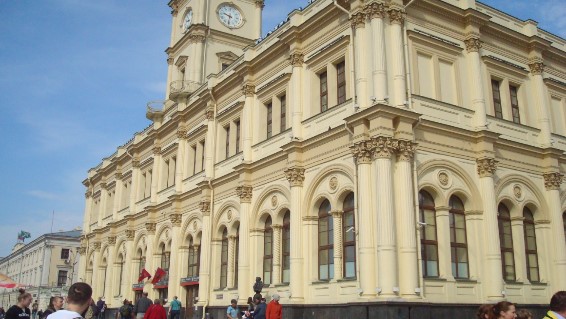
An example of classic Russian architecture.
Mark and his family had a great opportunity to visit Russia for two weeks in May of this year, which included a railroad-themed tour of several stations, museums, subways and other facilities in both Moscow and St. Petersburg, as well as an overnight journey by train between those two cities. He showed over a hundred photos and we can’t reproduce them or the whole story that went with them here, but a handful are included below to give readers an idea.

Russian Alco RSD-1 C-C coupled loco provided under wartime lease agreement during WWII from the USA.
The Russian rail system of today, although contracted somewhat from its Soviet-era size, is 53,100 miles in length, most of which is built to the curious gauge of 5 feet. (For purists, it’s actually 1.520 meters or 4 ft 11 and 27/32 inches!) This wider than standard gauge was useful during both world wars by making it more difficult for Germany and its allies to run its trains into the Soviet Union, but it actually originated way back in 1841 with the construction of the Moscow-St. Petersburg route. Mark’s photos clearly showed the pride that the Russians have in both their current railway and its history. Stations are immaculate, with Moscow’s subway system being particularly famous for the ornateness of and artwork in its stations. Mark’s photos showed immense escalators in some of the stations; the longest is 413 feet long accessing a station 275 feet below ground. High speed trains have entered service on the mainline network as well.

Russian Passenger train display.
Rail history is well preserved in several museums. One relatively new one, dating from only 2009, in St. Petersburg would take a full day or more to see properly, Mark said. Interpretation is presented in several languages so foreign visitors can read about the full history and use of displayed locomotives and rolling stock. Mark was surprised to find some remaining steam locomotives in apparent ordinary use, although most, as elsewhere, are found on excursions. Russian steam was famous not only for its variety but the large numbers (by European standards) of locomotives built of single wheel arrangements. Ten-coupled locos, 0-10-0’s, 2-10-0’s, and 2-10-2’s predominated; a staggering 17,400 2-10-0’s were built in several classes (this total included over 2,000 decapods from Alco and Baldwin, the Amerikanskiis).
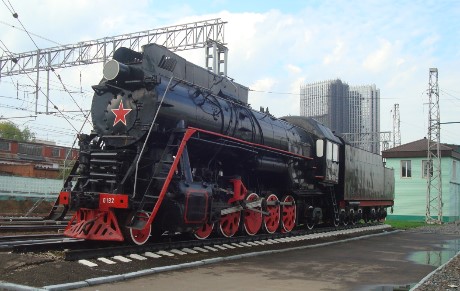
Big 2-10-2 Russian Decapod
Mark’s visit happened to coincide with a May 6th military parade, which he and his family were able to view comfortably from their hotel room window—a seemingly endless procession of rocket launchers and other hardware, including remotely-piloted tanks and helicopters enlarging on the drone concept. Many thanks to Mark for a fine program about the railways of Russia, a place that not many of us may get to.

Rail mounted artillery cannon.


